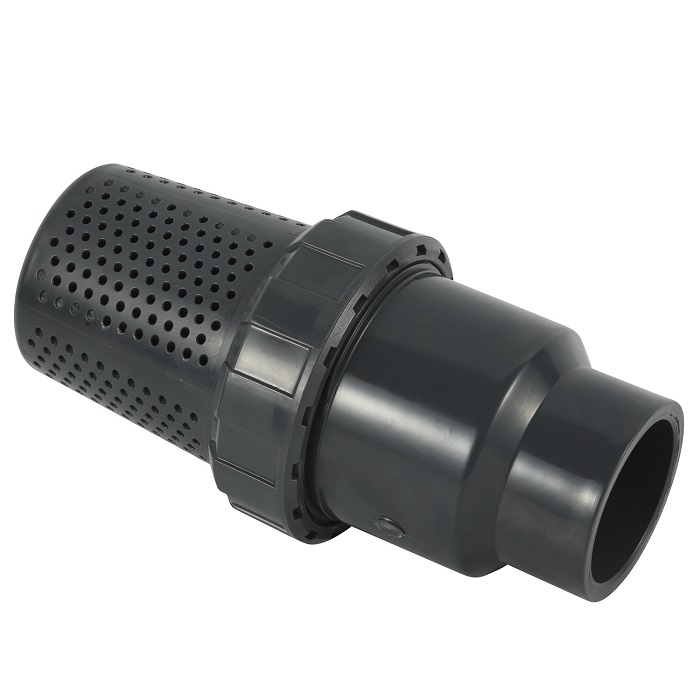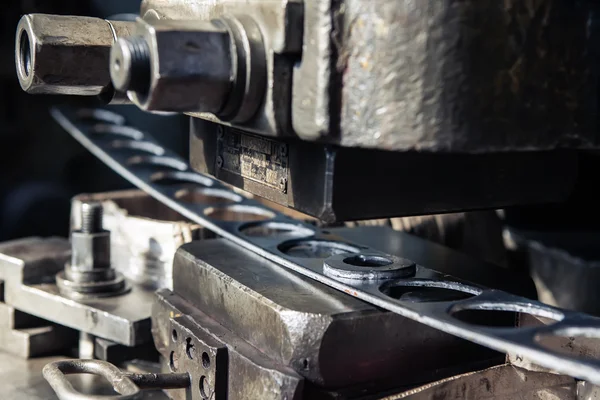Deciphering Measuring Tools: A Comprehensive Handbook
Measuring tools are indispensable in numerous industries and everyday tasks. This guide delves into various types of measuring tools, their applications, and key considerations for selecting the optimal tool for specific needs.

What are the common types of measuring tools?
Measuring tools include tape measures, rulers, calipers, and laser distance meters, each serving distinct purposes—from basic measurements to intricate calculations.
How do you choose the right measuring tool for a project?
Evaluate factors such as required accuracy, measurement scale, and environmental conditions. For example, digital calipers excel in precise measurements, while tape measures are versatile for general use.
What features should you prioritize in a measuring tool?
Prioritize features like accuracy, durability, ease of use, and additional functionalities such as digital displays or Bluetooth connectivity. These features enhance efficiency and accuracy in various applications.
How can measuring tools improve project efficiency?
By delivering precise measurements, these tools minimize errors, optimize material usage, and streamline project planning and execution. They are crucial in ensuring accuracy in fields like construction, woodworking, and engineering.
Measuring tools are essential for precision and efficiency across diverse tasks. Choosing the right tool involves assessing accuracy needs, project scope, and environmental factors to achieve optimal results and reduce errors effectively.


